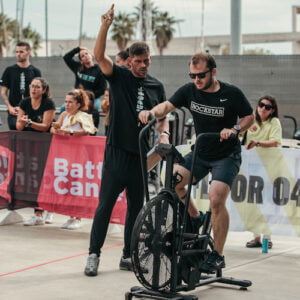Coaches who get into individual program design often start because they enjoy the process of, well, writing programming. However, any experienced coach knows the grind of falling behind on writing training and staying up late on a Sunday evening churning out the final few programmes for the following week.
A good process is important if you want to continue to enjoy programming. If you can stay organised and avoid crunch time situations, you can avoid burnout as a coach and better serve your athletes.
In this episode, we take a zoomed out look at how we write and organise programming. We also discuss some of the (many…) mistakes we have made along the way. We explain how we balance writing programming in advance while also staying adaptable to weekly changes that athletes need. Check out the next part of our series on remote coaching to learn a bit more about how we write training for our athletes.
Listen Here:
- If you’re enjoying the show, why not leave a review? It makes a difference in terms of other people finding the show.
Show Notes:
- [1:50] Luke’s attempt at making programming more efficient
- [2:20] A bottoms-up approach to writing training week-to-week
- [5:30] Long-term planning, athlete priorities, and periodisation
- [8:15] Being flexible and progressing based upon the athlete’s rate of adaptation
- [10:00] How much variation does Luke use in conditioning?
- [12:00] Using a fortnightly training split for conditioning
- [13:30] Progression and variation with beginners
- [16:15] Using variance to keep athletes engaged
- [21:00] How Todd plans out training progressions
- [22:30] Maintaining long-term planning while being adaptable
- [24:45] The common biases with different programming styles
- [28:50] Should we come up with progressions week-to-week or plan them in advance?
- [32:00] Jon’s a nice guy, apparently







